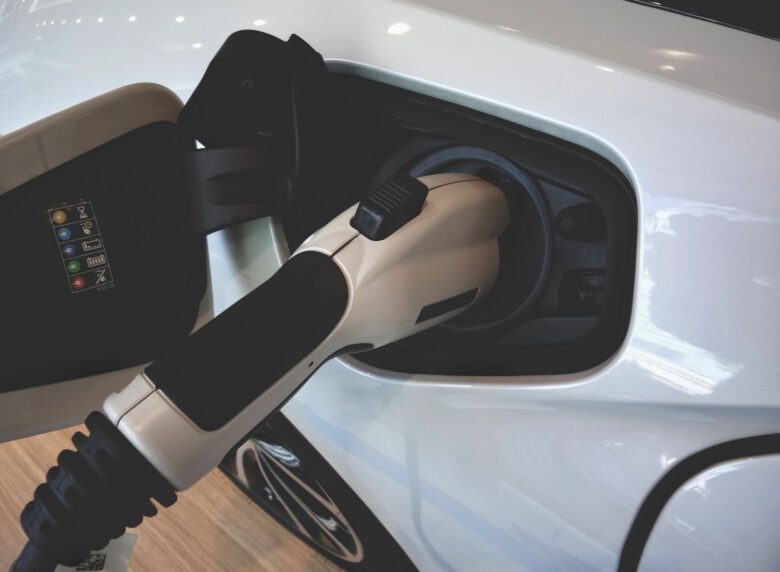The development of lithium-ion batteries has been a game-changer in the world of portable electronics and electric vehicles. These batteries have revolutionized the way we power our devices, and their compactness and longevity have made them essential components in our daily lives. One of the most widely used lithium batteries is the 18650 Lithium battery, which has become a standard power source for many applications.
The 18650 Lithium battery is a cylindrical cell that has a diameter of 18mm and a height of 65mm, hence the name 18650. These batteries use lithium as the active material in their electrodes, which allows them to achieve a high energy density and a long cycle life. The 18650 Lithium battery’s small size and high capacity make it ideal for use in portable electronic devices such as laptops, smartphones, and cameras.
In addition to their use in consumer electronics, 18650 Lithium batteries are also widely used in electric vehicles, where their high energy density and fast charging capabilities make them an attractive option. These batteries have played a significant role in the widespread adoption of electric vehicles, and their development continues to be a focus for researchers and manufacturers alike.
Despite their many advantages, lithium batteries do pose some safety concerns due to their chemical nature. However, significant strides have been made in improving their safety and reliability, and lithium batteries continue to be the power source of choice for many applications. As we continue to rely more and more on portable electronic devices and electric vehicles, the importance of lithium batteries in our lives will only continue to grow.
In this article, we will discuss the science behind lithium batteries, their operation, and the factors that contribute to their efficiency.
How Lithium-ion batteries work

Source: unsplash.com
Energy storage is a crucial component in the functioning of modern electronic devices and electric vehicles. Lithium-ion batteries work by utilizing a series of chemical reactions to store and release energy. These reactions involve the movement of charged particles, called ions, between two electrodes, with a separator between them to prevent a short circuit.
When the battery is being charged, the ions move from the positive electrode to the negative electrode, where they are stored. During discharge, the ions move back to the positive electrode, creating an electric current that powers the device. The movement of ions is facilitated by a liquid or gel electrolyte, which acts as a medium for ion transport.
The efficiency and performance of the battery depend on a number of factors, including the composition of the electrodes and electrolytes, the size and shape of the battery, and the charging and discharging protocols. Advances in these areas have led to the development of high-capacity, long-lasting batteries that have revolutionized the electronics and automotive industries.
Factors that contribute to the efficiency of lithium-ion batteries

Source: unsplash.com
- Electrode materials: The choice of electrode materials affects the capacity, voltage, and cycle life of the battery. The anode is usually made of graphite or silicon, while the cathode can be made of various materials such as lithium cobalt oxide, lithium manganese oxide, or lithium iron phosphate. The selection of these materials determines the energy density of the battery.
- Electrolyte composition: The electrolyte composition affects the conductivity, viscosity, and stability of the battery. The electrolyte must have a high conductivity to allow the lithium ions to move quickly between the electrodes. It should also have a low viscosity to minimize internal resistance and prevent the formation of dendrites. Additionally, the electrolyte should be stable to prevent decomposition during charging and discharging.
- Battery design: The design of the battery affects its efficiency and safety. The battery should be designed to optimize the surface area of the electrodes and the electrolyte-to-electrode ratio. This design ensures the efficient transfer of lithium ions between the electrodes and reduces the risk of short circuits and thermal runaway.
- Charging and discharging rates: The charging and discharging rates affect the battery’s efficiency, capacity, and cycle life. The battery should be charged and discharged at a rate that does not cause excessive heating or voltage drops. Rapid charging or discharging can cause damage to the electrodes, reduce capacity, and shorten the cycle life.
Conclusion

Source: unsplash.com
In conclusion, the development of advanced energy storage systems has played a critical role in transforming the way we use technology and power our vehicles. Lithium-ion batteries, particularly the 18650 model, have become the standard for portable electronics and electric vehicles, delivering high energy density, reliability, and long cycle life.
The future of technology is closely tied to the development of efficient and sustainable energy storage systems. Lithium-ion batteries have been the most prominent example of this trend, with advances in electrode materials, electrolyte composition, and battery design contributing to their continued success. Additionally, their ability to recharge quickly and support high power densities has made them increasingly attractive for powering electric vehicles and other heavy-duty applications.
However, the challenges associated with lithium-ion batteries, including safety concerns, recycling issues, and supply chain limitations, cannot be ignored. Researchers and manufacturers must continue to work together to address these challenges and develop new technologies that are safer, more sustainable, and more accessible.
One potential solution is the development of solid-state batteries, which use a solid electrolyte instead of a liquid one. Solid-state batteries have the potential to offer higher energy densities and improved safety features, while also reducing the environmental impact of battery production and disposal.
Another promising technology is flow batteries, which use liquid electrolytes stored in external tanks. Flow batteries can be scaled up or down to meet specific energy storage needs and have the potential to be more environmentally friendly than traditional lithium-ion batteries.
Ultimately, the science behind energy storage systems will continue to evolve, with new materials, chemistries, and designs being developed to meet the growing demand for more efficient, sustainable, and accessible energy storage solutions. The future of energy storage is exciting, and with continued innovation and collaboration, we can look forward to a world where clean energy is readily available and affordable for all.
